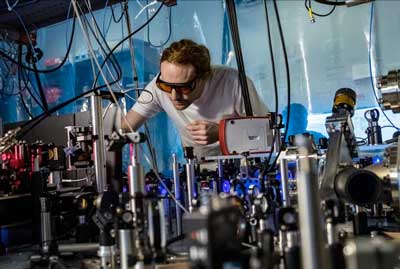
Wednesday, February 28, 2018
Dressing atoms in an ultracold soup (w/video)
Physicists build bizarre molecules called 'Rydberg polarons'.
Mining hardware helps scientists gain insight into silicon nanoparticles
For the first time, researchers developed a three-dimensional dynamic model of an interaction between light and nanoparticles.
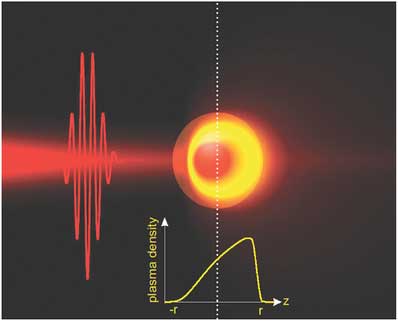
Engineer develops enabling technology for emerging gene therapies
A research team has developed a method enabling effective insertion of large molecules - such as DNA, RNA and proteins - into cells and propels them into the cell nucleus.
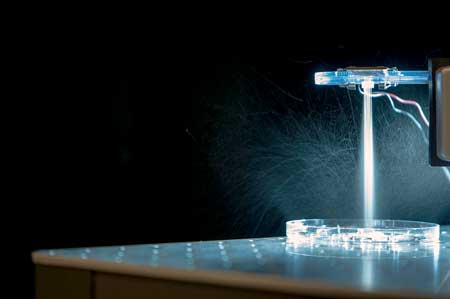
Sandwich battery with 'melty' layer is safe, robust
Engineers have found a new path in the quest to make safer batteries: they took advantage of a chemical reaction that melds them together safely to create a solid-state battery.
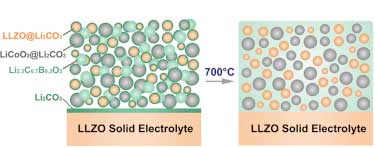
The fine-tuning of two-dimensional materials
Researchers reach a new understanding of why synthetic 2-D materials often perform orders of magnitude worse than predicted.
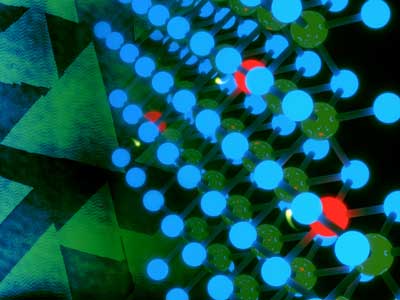
Smart heat control of microchips
The new approach is based on identifying thermal patterns during normal operation of processors in order to identify deviations through hacking or malfunction.
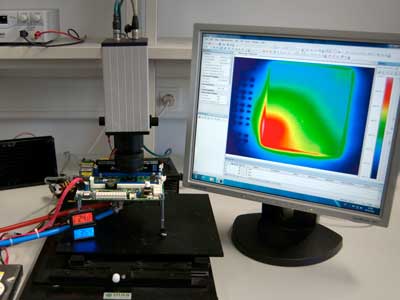
How exact is my nanoruler?
The development and evaluation of DNA origami-based nanorulers enables measurements in the nano cosmos with increasing precision.
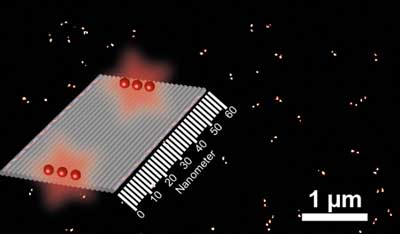
Magnetic nanoparticles will help stop internal bleeding 15 times more effectively
The researchers developed magnetically-driven nanoparticles containing thrombin. A drug based on these nanoparticles can be injected intravenously and delivered straight to the site of a vascular injury.
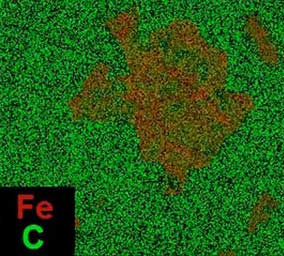
Aqueous storage device needs only 20 seconds to go
Researchers have developed a hybrid energy storage with high energy and power densities along over a long cycle life by assembling fibre-like polymer chain anodes and sub-nanoscale metal oxide cathodes on graphene.
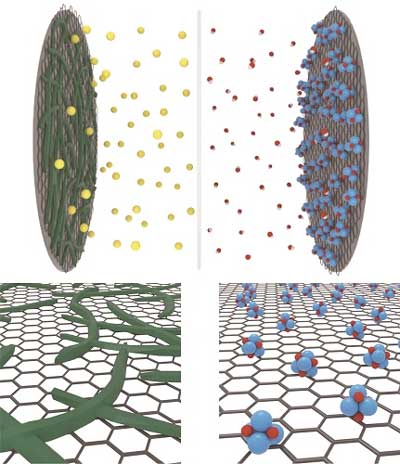
Naked-eye detection of solvent vapor
A research team has recently developed an effective fluorescent sensor for solvent vapor. Their sensor is based on a branched molecule called a dendrimer.
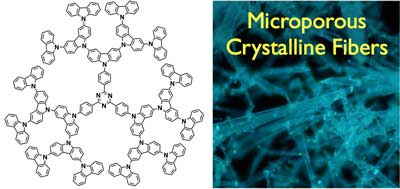
Tuesday, February 27, 2018
Optical distance measurement at record-high speed
Microresonator-based optical frequency combs enable highly-precise optical distance ranging at a rate of 100 million measurements per second.

A marriage of light-manipulation technologies
Researchers have, for the first time, integrated two technologies widely used in applications such as optical communications, bio-imaging and Light Detection and Ranging (LIDAR) systems that scan the surroundings of self-driving cars and trucks.
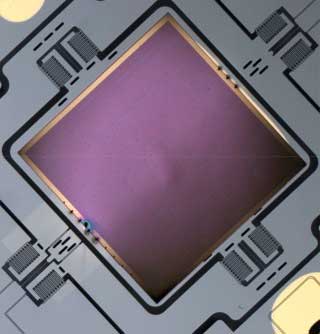
Ultra-fast graphene photonics for next generation datacomms
On show for the first time at the GSMA Mobile World Congress are two graphene based photonics devices which give a glimpse into the future of data communications.

Optical emission of two-dimensional arsenic sulfide prepared in plasma
Researchers demonstrate for the first time optical emission of two-dimensional 'beyond graphene' arsenic sulfide prepared in plasma.
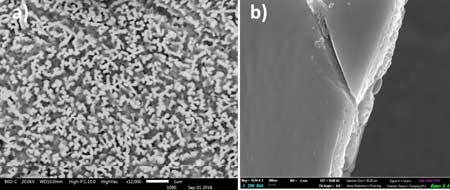
Squid skin could be the solution to camouflage material
Scientists have turned the animal's pigment particles into spools of fiber that can be used for a number of things.
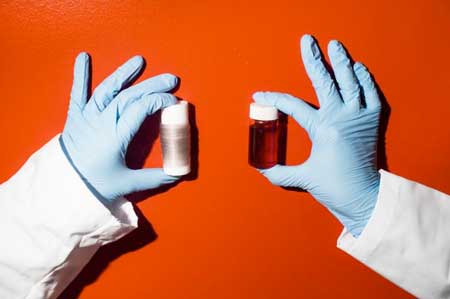
Individual quantum dots imaged in 3-D for first time (w/video)
Researchers have developed an imaging technique that uses a tiny, super sharp needle to nudge a single nanoparticle into different orientations and capture 2-D images to help reconstruct a 3-D picture.
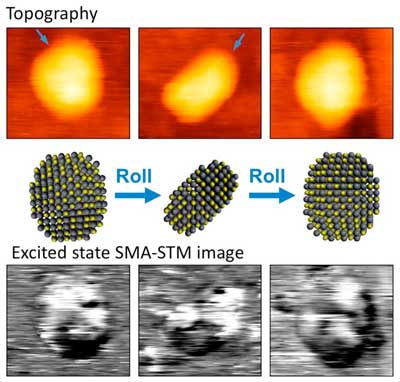
Supercomputer model reveals how sticky tape makes graphene
Researchers have explained for the first time the mystery of why adhesive tape is so useful for graphene production.
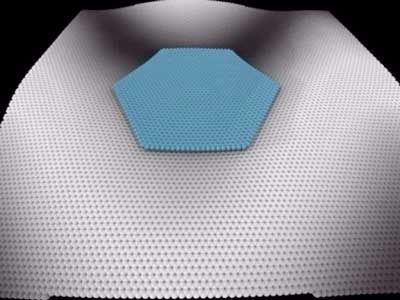
Optical properties of 2D materials could advance infrared technology
Scientists have studied the optical characteristics of a special type of material made of a single layer of phosphorus atoms for the benefit of detecting and interacting with infrared light.
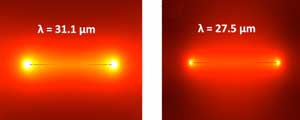
Wile E. Coyote's fall inspires development of new properties of silicon
An international team of scientists has discovered a new type of silicon that could be used to control light beams in a new kind of photonic chip - a chipset where information is carried by light beams rather than electrical currents.

Super-resolution microscopy in both space and time
A research team has developed a technique that can perform both 3D super-resolution microscopy and fast 3D phase imaging in a single instrument.
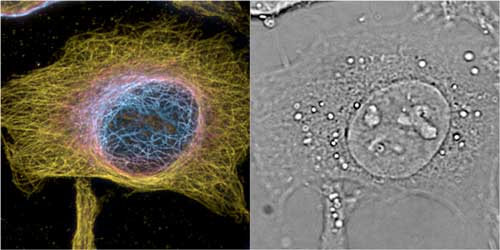
Monday, February 26, 2018
First nanoscale look at how lithium ions navigate a molecular maze to reach battery electrode
Lithium ions have to travel through layers of molecules in the electrolyte liquid before they can enter or leave a lithium-ion battery electrode. Tweaking this process could help batteries charge faster.
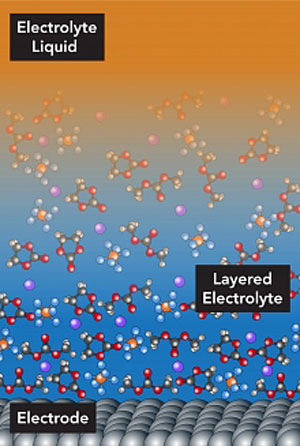
Carbon nanotube yarn taps nerves for electroceutical treatments and diagnostics
Yarn weaved from carbon nanotubes monitors brain control of organ functions in rats, paves way for disease diagnosis and treatment at single nerve level.
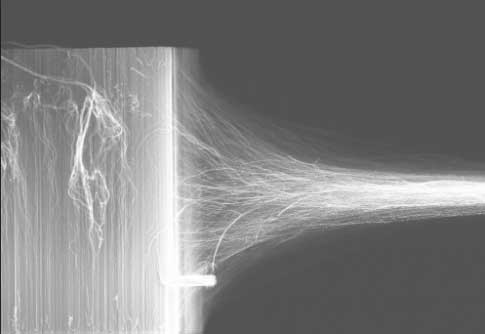
Researchers find metal in 'metal-free' graphene catalysts
Study of graphene catalysts finds trace of manganese, suggests better ultrathin fuel-cell components.
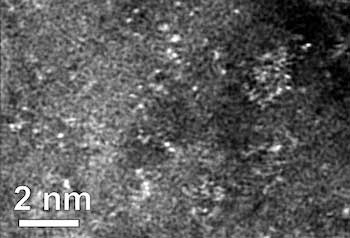
Bioinspired design for new electrode could boost supercapacitors' performance
Mechanical engineers have designed a super-efficient and long-lasting electrode for supercapacitors. The device's design was inspired by the structure and function of leaves on tree branches, and it is more than 10 times more efficient than other designs.
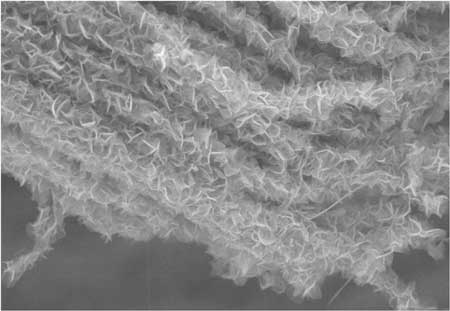
Majorana runners go long range: New topological phases of matter unveiled
Merging of Majorana particles in a topological superconductor opens new avenues for quantum technologies.
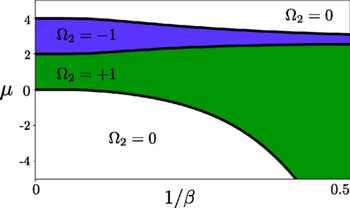
New technique allows printing of flexible, stretchable silver nanowire circuits
Researchers have developed a new technique that allows them to print circuits on flexible, stretchable substrates using silver nanowires. The advance makes it possible to integrate the material into a wide array of electronic devices.
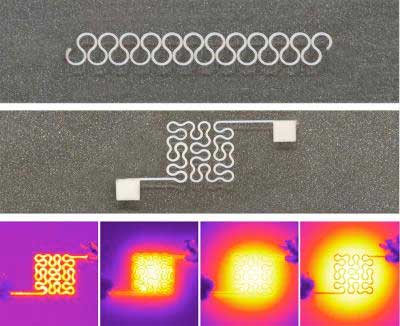
A new way to grow nanowires
The new mask-free fabrication approach uses a liquid ink precursor to produce nanoscale materials, allowing researchers to predict and optimize the geometric shape of the resulting structure.
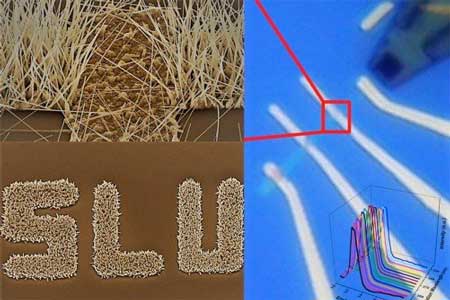
Glowing designer sponges: New nanoparticles engineered to image and treat cancer
Scientists have designed and synthesized nanoparticles that glow red and are stable, useful properties for tracking cancer growth and spread.
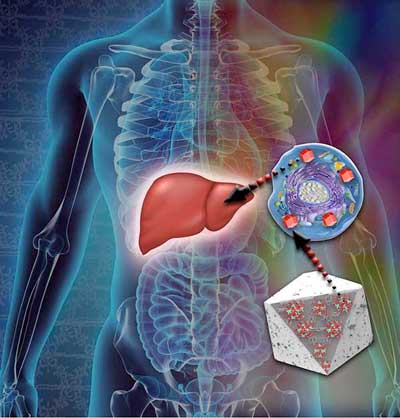
Going with the DNA flow: Molecule of life finds new uses in microelectronics
Researchers have recently designed, created and tested a DNA circuit capable of splitting and combining current, much like an adapter that can connect multiple appliances to a wall outlet.
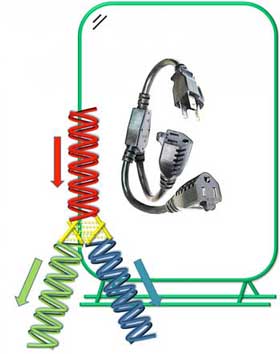
Nanomaterials: what are the environmental and health risks?
Over 100 scientists from 25 research institutions and industries in 12 different European Countries have completed one of the first attempts to understand the risks nanomaterials carry throughout their life-cycle, starting from their fabrication and ending in being discarded or recycled.
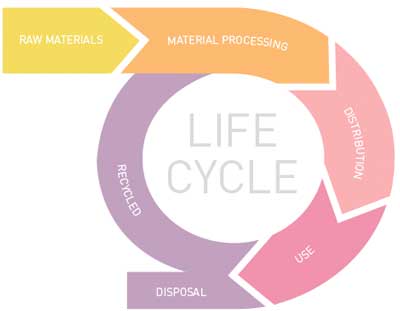
Largest molecular spin found close to a quantum phase transition
International research project on the border between physics and chemistry.
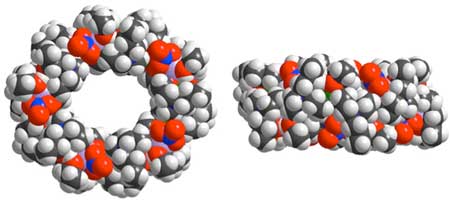
A new approach towards highly efficient and air-stable perovskite solar cells
New research reveals how to make highly-efficient solar cells, more stable than previous devices made with related materials.
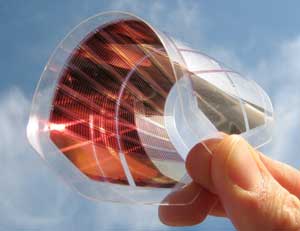
Friday, February 23, 2018
Researchers combine metalens with an artificial muscle (w/video)
Artificial eye automatically stretches to simultaneously focus and correct astigmatism and image shift.
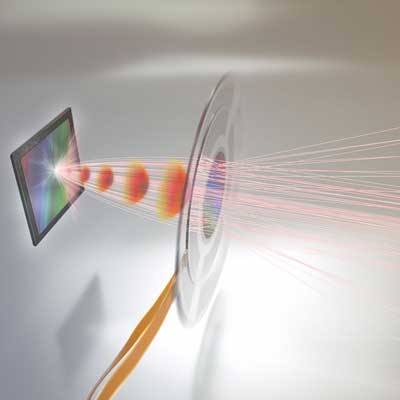
Attoseconds break into atomic interior
A newly developed laser technology has made it possible to observe the interaction of multiple photons in a single such pulse with electrons in the inner orbital shell of an atom.
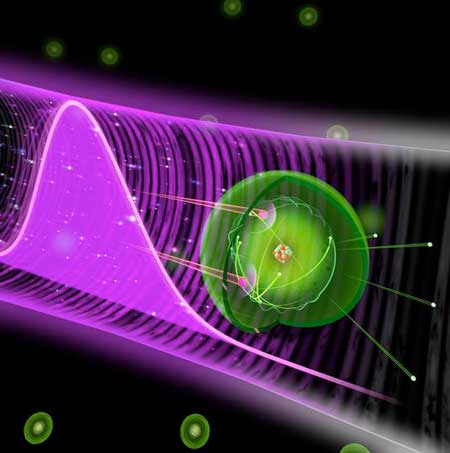
Opening windows for new spintronic studies
A surprising discovery about spin-electron interactions in a specialized semiconductor material - a 'sandwich' of layers with different properties, buffered by a graphene nanoribbon - could potentially offer major advantages in speed, heat dissipation and power consumption in electronic devices.
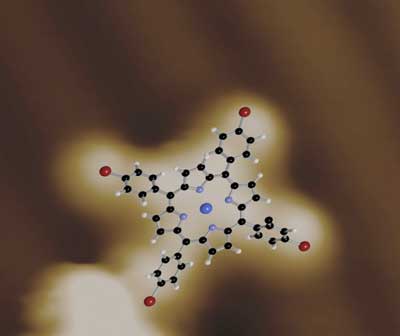
Nanomushroom sensors: One material, many applications
Scientists have developed new innovative biosensing material for counting dividing cells and detecting biomolecules.
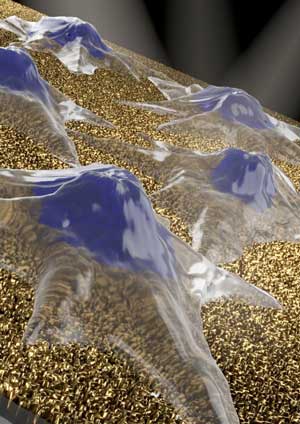
Chiral magnets show bulk diode effect due to spin fluctuations
Materials with left- and right-handed responses to current exhibit an intriguing diode effect.
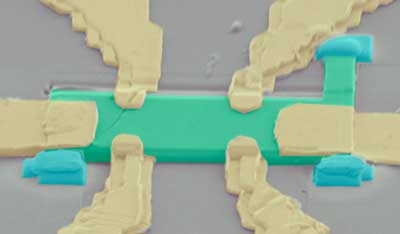
Atomic design by water
Scientists show how geometric structures at surfaces can be formed with atomic precision by water.
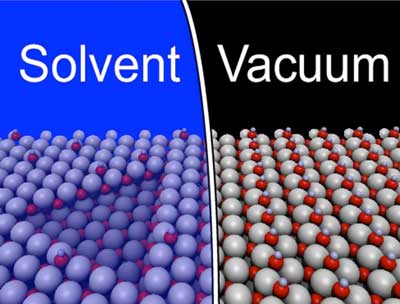
Giant intrinsic chirality from planar dielectric nanostructures
Researchers have developed a metasurface, comprised of a single planar layer of nanostructures, which exhibits strong optical chirality in transmission.
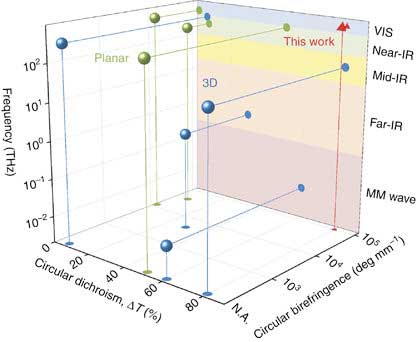
Thursday, February 22, 2018
Remembering really fast
Colossal magnetoresistance at terahertz frequencies in thin composites boosts novel memory devices operated at extremely high speed.
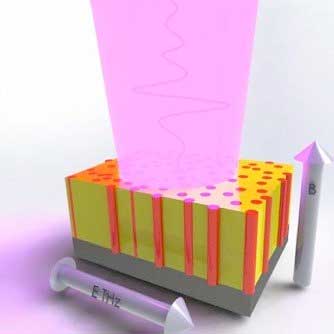
Using light and gold for targeted, non-invasive drug delivery
The new method uses a unique polymer coating that contains nanoscale gold particles, in addition to the drug itself. The drug only releases when a light shines on the gold particles, causing the polymeric coating to melt.
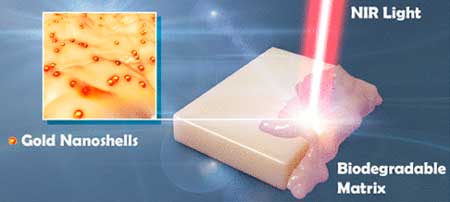
Concrete infused with wood nanocrystals is stronger
Researchers studying whether concrete is made stronger by infusing it with nanocrystals from wood are moving from the laboratory to the real world with a bridge that will be built in California this spring.
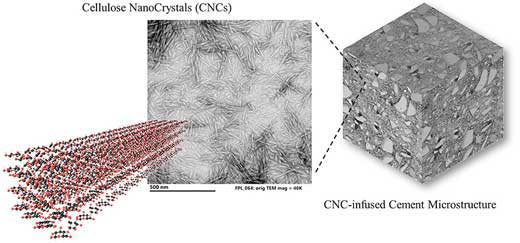
Researchers turn light upside down
A new metasurface for infrared light is based on boron nitride, a graphene-like 2D material, and was selected because of its capability to manipulate infrared light on extremely small length scales, which could be applied for the development of miniaturized chemical sensors or for heat management in nanoscale optoelectronic devices.
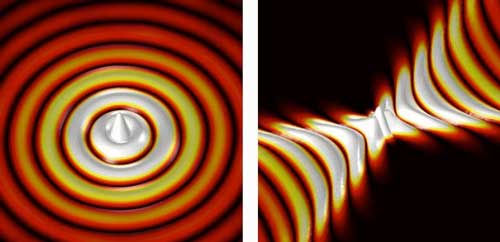
Stiffness matters for nanomedicine
Nanomedicine entry into cancer cells can be tuned by modulating the stiffness of the plasma membrane.
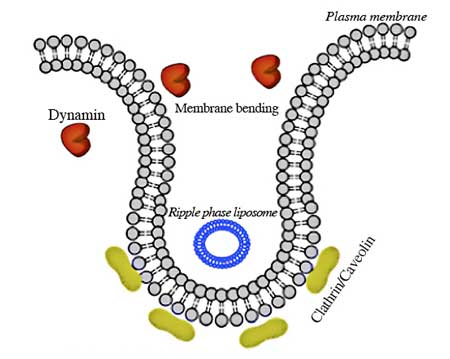
Imaging individual flexible DNA 'building blocks' in 3-D
Researchers generate first images of 129 DNA structures.
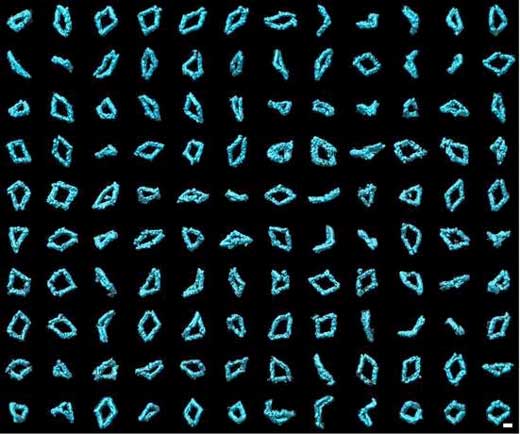
Wednesday, February 21, 2018
Reinventing the inductor
Using a new materials-based approach yields a smaller, higher-performing alternative to the classic design.
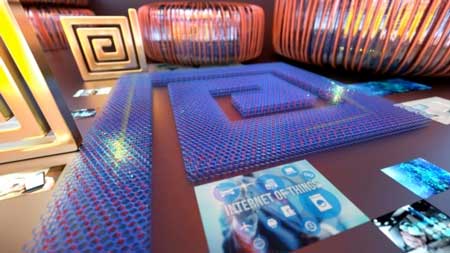
Researchers bring high res magnetic resonance imaging to nanometer scale
A new technique that brings magnetic resonance imaging to the nanometer scale with unprecedented resolution will open the door for major advances in understanding new materials, virus particles and proteins that cause diseases like Parkinson's and Alzheimer's.
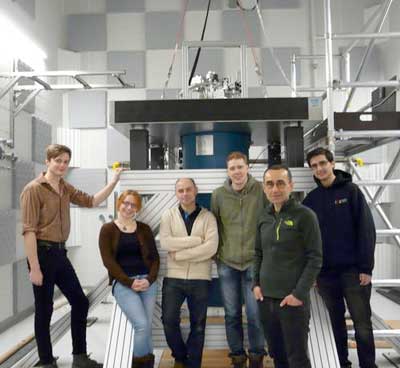
Scientists discover new nanoparticle, dubbed exomeres
A new cellular messenger discovered by scientists may help reveal how cancer cells co-opt the body's intercellular delivery service to spread to new locations in the body.
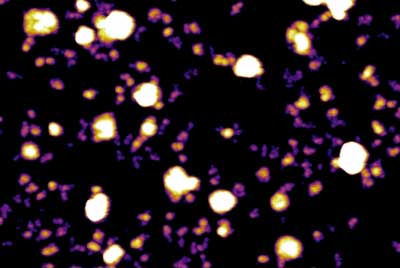
'Memtransistor' brings world closer to brain-like computing
Combined memristor and transistor can process information and store memory with one device.
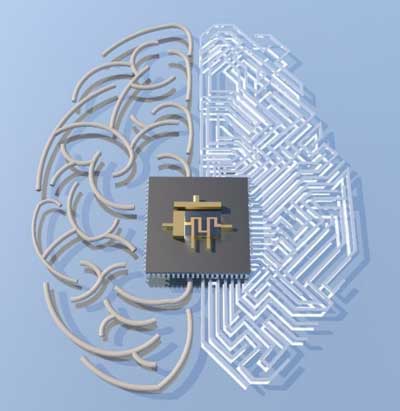
Subscribe to:
Comments (Atom)

